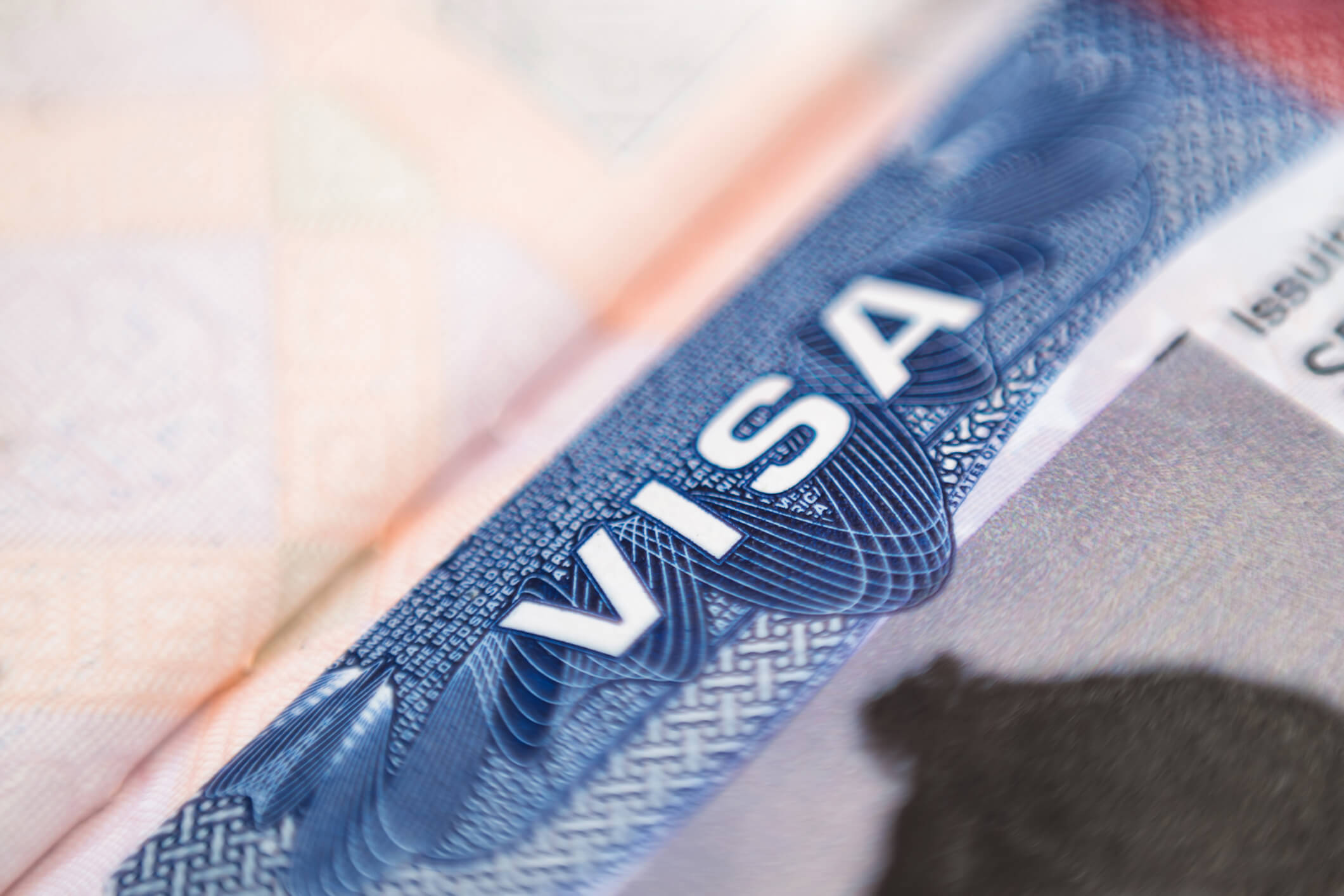At the same time the Department of Homeland Security (DHS) announced that the agency would follow-through on the federal contractor/E-Verify regulation, Secretary Janet Napolitano stated that DHS would be rescinding the Social Security “No-Match” regulation (see the DHS’ press release). Pro-business and pro-labor groups alike applauded the action. However, the end of the “No-Match” regulation resolves nothing for employers and seemingly returns us to a lack of clarity for employers on what steps to take when a No-Match letter is received.
In summary, the proposed No-Match rule prescribed a specific follow-up protocol in the 90-day period following receipt of a letter from the Social Security Administration (SSA) informing the employer that the Social Security numbers reported for certain employees on Form W-2 do not correspond with the names found in SSA’s records. Employers that followed the protocol would have been entitled to a safe harbor from the No-Match letter being used against them in an enforcement action.
The lack of the No-Match regulation still leaves employers with a dilemma as to how to react following receipt of a No-Match letter. In one recent California case, an employer received a No-Match letter and instructed affected employees to provide corrected Social Security information within three days. Indicating the three-day turnaround period was insufficient, an arbitrator awarded back pay and reinstatement to employees who were terminated for failing to timely provide corrected Social Security information. Still, rescission of the No-Match regulation does not mean employers can ignore the letters. For example, among the items commonly requested by U.S. Immigration and Customs Enforcement in its Notice of Inspection subpoenas are copies of Social Security No-Match letters. Furthermore, the U.S. Attorney’s Office has commonly pointed to the fact that employers ignored No-Match letters in the context of criminal immigration investigations and litigation.
Thus, employers cannot simply ignore No-Match letters. Specific follow-up action should be taken, and such action might even include following a similar protocol to the one provided for in the soon to be rescinded regulation. Perhaps all the rescission of the regulation means is that employers can implement a less rigorous protocol, maybe allowing employees more time to make corrections rather than needing to follow the specific timeline outlined in the regulation. Similar to I-9 issues and other immigration compliance issues in general, employers can often benefit from working with someone familiar with immigration compliance issues to develop a clear policy that can justify the employer’s good faith efforts to comply, while not unwittingly creating an improper termination claim from affected employees.
Note: This article was published in the July 2009 issue of the Immigration eAuthority.



